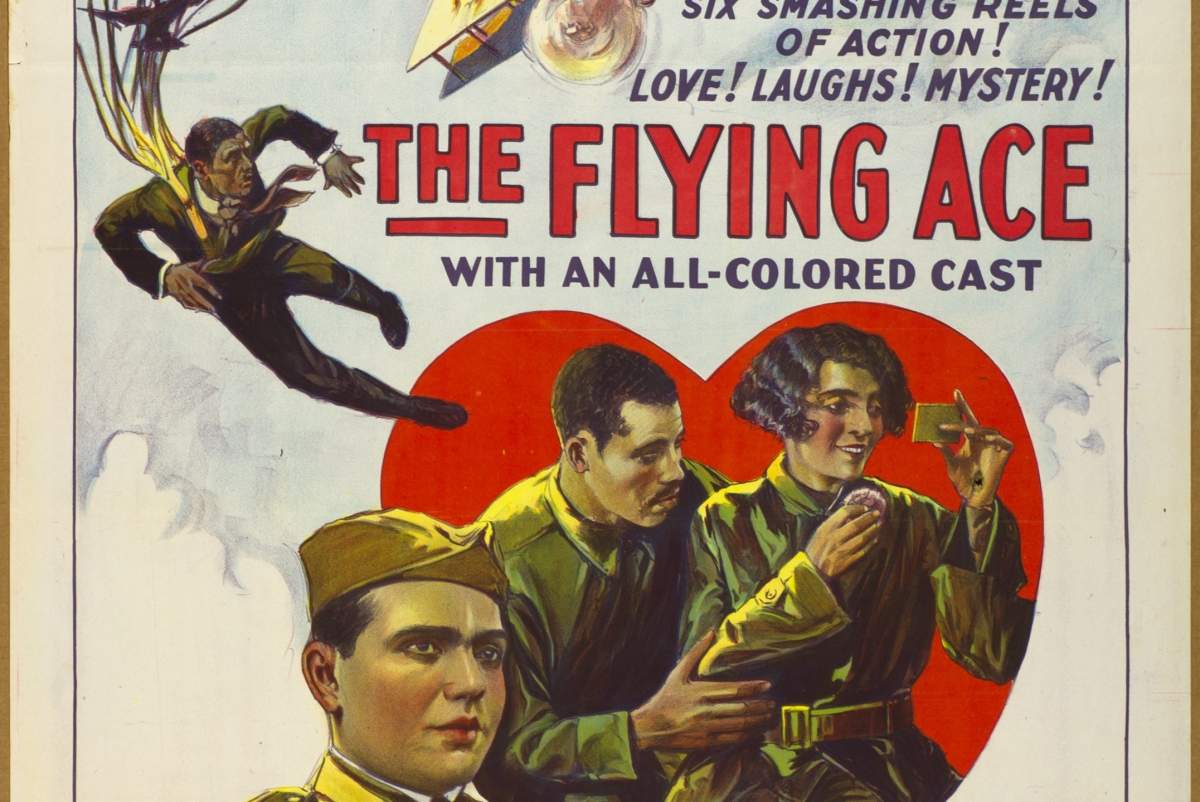
The Black Film Archive Center is one of Indiana University's distinguished programs. This year, the archive received a grant of $100,000 to fund the Richard E. Norman Project. The project will produce a new online component for this unique collection of early 20th-century films made for African American audiences.
Richard E. Norman
Brian Graney, archivist at the Black Film Archive Center said, "As a race filmmaker, Richard E. Norman was a white cameraman who started his own business making what were called 'home talent films.' That introduced him to the emerging black audience theaters and the race film circuit that was taking shape in the early 1900s. Also, because he was a film producer, he was attracting a lot of correspondents working the vaudeville circuit eager to break into motion pictures."
Norman was a pioneer in presenting images of African-Americans that weren't seen in Hollywood at the time, those absent of the degrading stereotypes and more aspirational images.
"In The Flying Ace, his one feature film that survives," Graney said, "his lead character Captain Billy Stokes was a U.S. Air Force pilot, which was in fact an impossible career for an African-American man prior to 1940. That was a 1926 Film."
The Norman Collection
Because so much of black film history has been independently produced, producers don't have the infrastructure for film preservation. Subsequently, the Black Film Archive Center has played the integral role of preserving the films within the Norman Collection and the artifacts of his correspondents.
Director of the Black Film Archive Center Michael T. Martin says, "The Norman Collection constitutes as a unique resource for the study of the formation of American cinema in general and the history of race films in particular."
Because Richard E. Norman maintained such an extensive body of professional correspondence with hundreds of theaters, for anyone working in the areas of race films and early American cinema, there will be valuable material here for them at the archive.
The grant of $100,000 from the National Endowment of Humanities will go towards scanning and digitizing all written documents and film artifacts held within the Norman collection.
Organizing with a Finding Aid
Graney said, "What we're aiming to do is to reprocess the collection which has been disbursed across campus, but also to digitize the collection in its entirety so that it can be more easily accessed remotely. The way that we're presenting this digitized collection [is with] the finding aid that we have online, which describes the collection down to the folder level. All of the digital items as they're scanned will be associated with that finding aid."
"Finding aids" are description of an archival collection that assists users in understanding the contents and arrangements of the materials. In the case of this grant, since the collection had been confusingly split up into two parts-each with its own separate finding aid-the archive will reunite the collection and describe it anew through a single finding aid that covers the entirety.
That will then be the structure the archive uses for managing and digitizing the project. The archive will deliver online access to the scans of the documents alongside the descriptions of each box or folder that contains them.
Greater Access
The National Endowment of Humanities recognizes the impact the archive has made in preserving and making accessible what would otherwise be lost relics of early African American cinema. Subsequently, the archive has received its second grant within two years. Creating greater access has been a longstanding tradition at the archive.
So if you're in the Wells Library, you can stop by the Black Film Archive Center to view these relics, or you can soon view them online in the comfort of your home.






